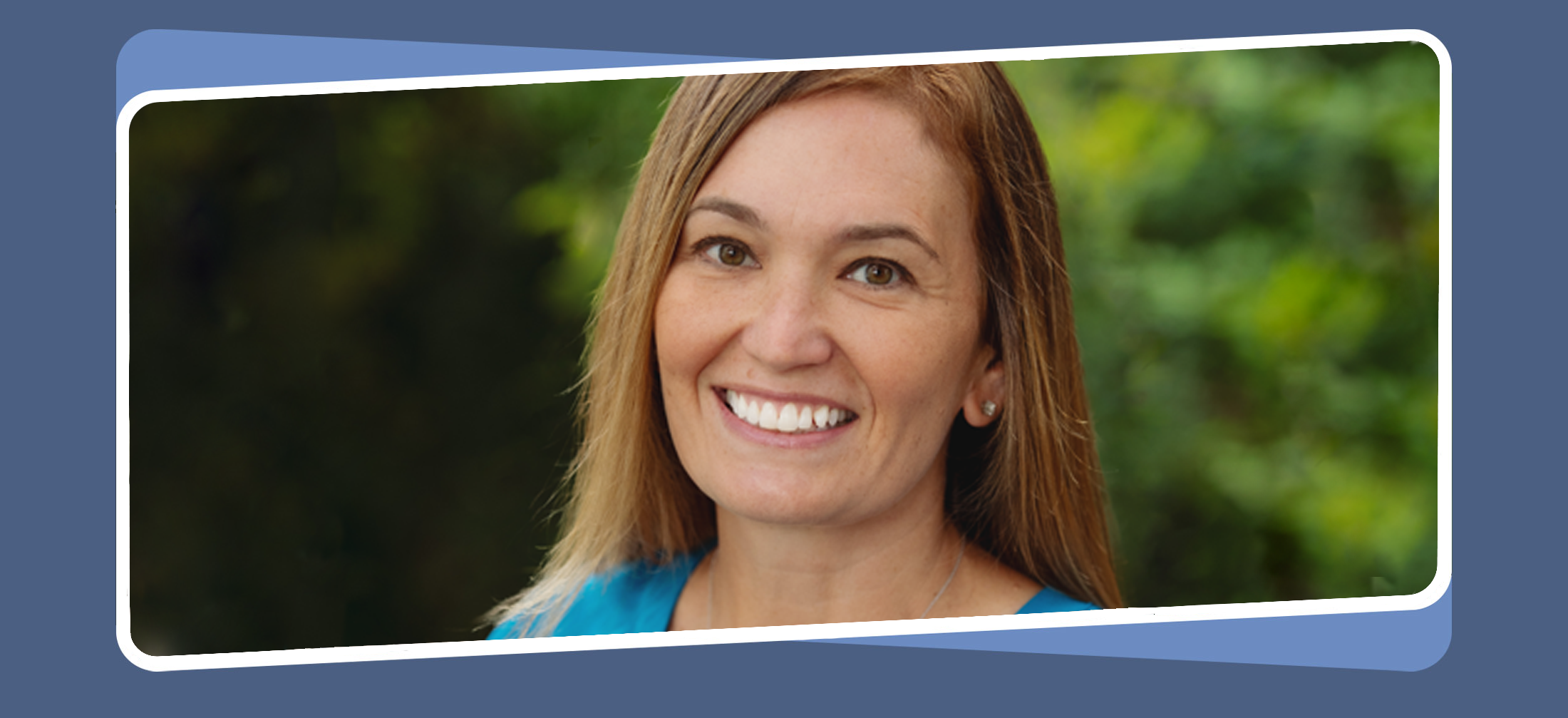
Camille Cureton
Guest Author
When I became the principal of an alternative high school, I quickly realized that this role required more than just an understanding of academic standards. It demanded a broad set of skills, compassion, and creativity to meet our students’ needs. Each day, my staff and I faced challenges unlike those in traditional schools, and it became clear that educators working in alternative settings need a unique breadth of competencies. Yet, the professional development and systemic support we received often fell short.
Policymakers and superintendents, it’s time we recognize the critical need for specialized training and resources for alternative educators. Here’s why.
Alternative Schools: Where Every Student Has a Story
In traditional education, student needs evolve through predictable stages:
- Elementary teachers focus on foundational skills in literacy and math.
- Middle school educators navigate students through social and hormonal changes while building independence.
- High school teachers guide students toward specialized curriculum and career preparation.
In alternative high schools, we do it all. We address the needs typically handled across multiple stages, all within one setting. And our students aren’t here by chance—they have complex stories involving trauma, bullying, frequent relocations, pregnancy, or interactions with the juvenile justice system. This requires our teachers to be equipped with content expertise and skills in trauma-informed practices, flexibility, and relentless empathy.
Flexible Curriculum and Scheduling: One Size Does Not Fit All
To meet students where they are, alternative high schools need customized learning plans, varied credit recovery options, and flexible scheduling. This often includes project-based learning, night school, and even access to basic necessities like food, showers, and laundry services. Our approach isn’t just about academics; it’s about helping students overcome barriers to learning.
We learned that traditional assessments and rigid schedules don’t work in alternative settings. Instead, we focus on competency-based assessments and individualized projects, which allow students to demonstrate their learning in practical, meaningful ways. This flexibility requires a deeper understanding of curriculum adaptation and alternative assessment methods—skills rarely emphasized in standard teacher preparation programs.
Supporting Students’ Psychological Well-Being: A Core Competency, Not a Supplement
You can’t separate academics from students’ psychological health and emotional stability in an alternative high school. Our staff are not just teachers; they are mentors, guides, and sometimes the only stable adult figures in our students’ lives. The success of our programs hinges on practices that address trauma and the ability to build genuine, trusting relationships.
However, the educators best suited for these roles often have their own backgrounds in alternative education or personal experiences with trauma. While this shared experience creates a powerful connection, it also means our staff need ongoing, targeted professional development to prevent burnout and maintain resilience.
Small Class Sizes: An Opportunity for Impact, If We Can Keep Our Teachers
Smaller class sizes are a hallmark of alternative schools, allowing for more individualized attention. However, this setup only works if teachers embrace the opportunity to connect deeply with students rather than see smaller numbers as a sign of less importance. My team and I witnessed firsthand the difference it made when even one student received dedicated support.
Yet, maintaining small class sizes is a double-edged sword. It requires adequate staffing, and without a strong pipeline of trained, committed educators who understand the alternative school context, it’s challenging to sustain.
Career and Technical Education (CTE): A Lifeline for Many Students
Traditional academic pathways are not a good fit for many of our students. Career and Technical Education (CTE) programs are crucial, offering hands-on learning and real-world skills that lead directly to employment or further training. From internships to job shadowing, developing strong partnerships with local industries provides significant, meaningful opportunities.
Building these partnerships and integrating CTE into the curriculum requires administrative skills and a deep understanding of workforce needs—yet another area where alternative educators need targeted support.
Building a Community: The Heart of Alternative Education
In our school, every success was celebrated, whether it was completing a credit, earning a driver’s license, or participating in a community service project. We focused on creating a welcoming environment with celebrations of milestones, comfortable spaces for socializing, and activities that fostered a sense of belonging. This sense of community is vital for student engagement and retention, but it doesn’t happen by accident. It requires intentional effort and training in community-building practices.
We made a strong effort to engage families by providing resources such as food, laundry facilities, and a place to shower. We also offered access to computers and various other resources during night school. However, this type of family outreach requires time and resources, which are often limited in underfunded alternative programs.
A Call to Action: Investing in Our Educators
The success of alternative high schools depends on educators prepared to meet a wide range of academic and well-being needs. This is why professional development in alternative education should not be an afterthought. We need training that includes:
- Practices that address trauma and support students of all backgrounds and lived experiences
- Flexible curriculum development and competency-based assessment
- Mental health first aid and conflict resolution skills
- Partnership building for CTE and community engagement
In short, alternative educators need a broader skill set than what’s typically covered in traditional teacher preparation programs. They deserve ongoing, targeted professional development and a system that values the unique and demanding work they do.
It’s time for policymakers and district leaders to recognize the essential role of alternative education and invest accordingly. When we support these educators, we give them the tools they need to change the lives of students who have often been overlooked. And when these students succeed, it benefits all of us.
Camille Cureton is an alternative high school principal in Idaho.



